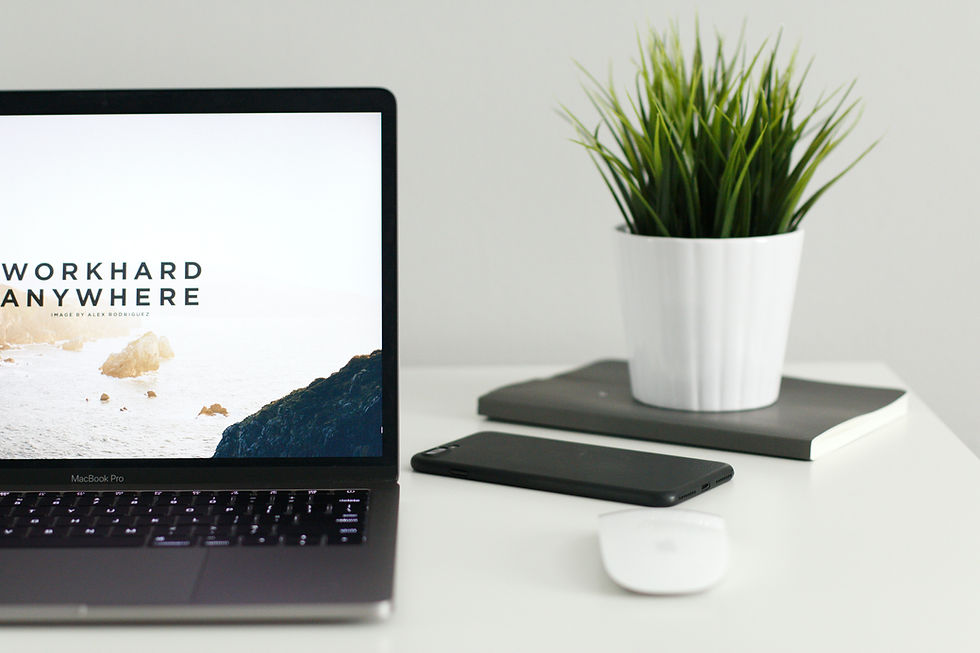Whose ePortfolio is it anyway?
- Shaneigh Smith
- Nov 1, 2023
- 2 min read
Ownership is everything.
Honestly, I’ve never experienced ownership as a learner until my experience in the Applied Digital Learning Program. Creating my ePortfolio has been one of the most rewarding experiences as a student because of the control and ownership I’ve been given.

Throughout most of my life, my education was primarily shaped by traditional standards, which upheld a different philosophy from the COVA (choice, ownership, voice, authenticity) approach. I found myself conforming to the expectations of teachers and professors by giving them exactly what they wanted to secure the grade I wanted. If I’m being honest, my focus had seldom been on genuine learning; it had become centered on obtaining the grade, which is completely misleading for true understanding.
Nonetheless, I have come to the realization that this isn’t the case at all, and the creation of the ePortfolio has reinforced this idea. As Harapniuk (2023) states in his post “Who Owns the ePortfolio,”
“We must enable students to create personal cyberinfrastructures where students become effective architects, narrators, curators, and inhabitants of their own digital lives.”
Obtaining these roles allows the learner to take ownership and pride in their learning and growth. For me, the ePortfolio has given me an authentic environment where I can demonstrate my learning in ways that make the most sense to me and my actual audience, not just a professor I have for a short period of time. Having the ePortfolio platform that I created without any restrictions confirms that the content I create goes beyond the professor.
Moreover, the ePortfolio is a model for learners, not only because it exemplifies choice, ownership, voice, and authenticity, but also because it is presented in an authentic manner. Any educator understands the significance of modeling, and the ADL Program effectively demonstrates ePortfolio expectations by incorporating them into their own practices. This increases credibility and makes feedback more valuable and openly received (Harapnuik, 2023).
Altogether, ePortfolios are not just a place to store coursework; they are spaces to share the results of the growth and learning experiences that have the potential to positively impact the world.
References:
Harapnuik, D. (2023). Who Owns the ePortfolio. Harapnuik.org.
https://www.harapnuik.org/?page_id=6050




Comments